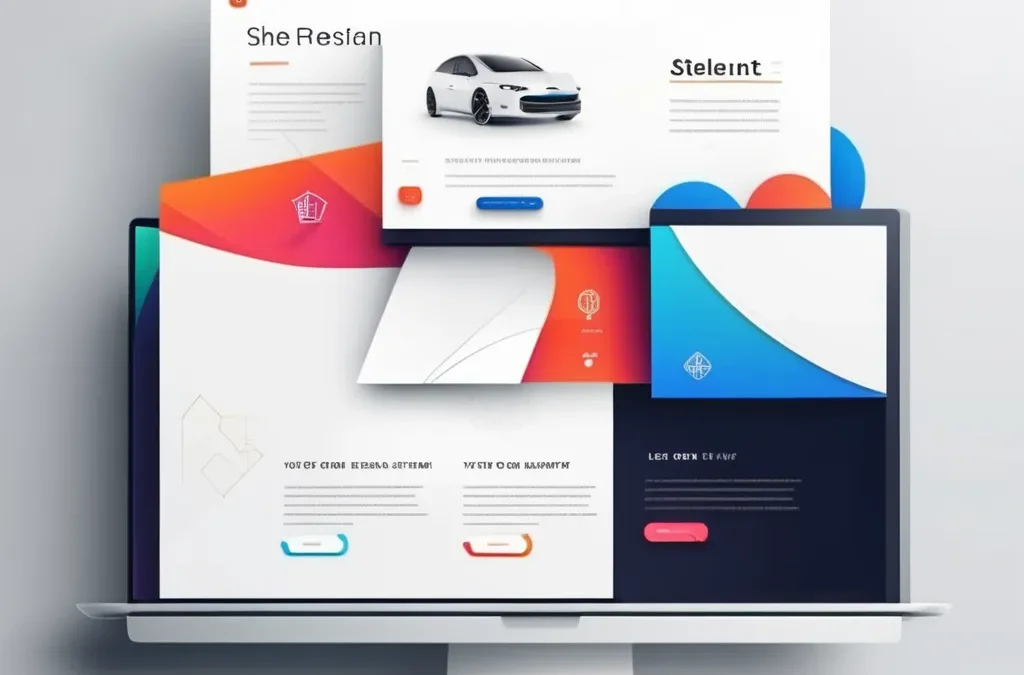Contents
Introduction
Did you know that 94% of users’ first impressions are design-related? This means that the way a website is structured, especially its navigation, can significantly impact user experience. In today’s digital landscape, effective website navigation best practices are essential for ensuring that visitors can easily find what they’re looking for. Whether you’re a homeowner, a DIY enthusiast, or a small business owner, understanding how to design your website’s navigation can lead to better user engagement and higher conversion rates. This article will guide you through the most effective website navigation best practices to help your visitors navigate smoothly, find information quickly, and enjoy their overall experience on your site.
Website navigation is the roadmap of your website. It helps users find their way around. Good navigation is intuitive and guides users effortlessly through your content. Let’s look at some fundamental principles of effective navigation.
Intuitive navigation is crucial for two main reasons:
- User Experience (UX): When navigation is easy to understand, users feel comfortable. They are more likely to stay on your site longer.
- Impact on SEO: Search engines favor well-structured sites. A clear navigation path helps them index your pages properly.
Choosing the right type of navigation menu is essential. Here are two common types:
- Horizontal Navigation: This type runs across the top of the page. It’s great for showing primary links.
- Vertical Navigation: This is a sidebar menu that can be useful for sites with many categories.
Several key elements contribute to effective navigation. Let’s explore them.
Clear Labeling
Labels should be descriptive and easy to understand. This helps users know what to expect.
- Use of Descriptive Labels: Using clear terms like “Contact Us” or “Services” makes navigation intuitive.
- Avoiding Jargon: Stay away from technical terms that may confuse your users.
Responsive navigation ensures that your site looks good on all devices, especially mobile.
- Mobile-Friendly Design: With many users browsing on mobile, it’s vital to design navigation for small screens.
- Adaptive Menus: Menus should adapt to different screen sizes. A hamburger menu is a popular choice for mobile devices.
Search Functionality
Including a search bar is a fantastic way to improve usability.
- Placement of Search Bars: Place the search bar where users can easily find it, like in the top right corner.
- Predictive Search: Implement features that suggest results as users type. This can save time and improve user satisfaction.
As we dive deeper into navigation, we find more advanced techniques that enhance user engagement.
Breadcrumbs show users where they are on your site. This helps them navigate back easily.
- Benefits of Breadcrumbs: They provide context and help users understand their location within your site.
- Implementation Tips: Place breadcrumbs just below the header for easy visibility.
Mega Menus
Mega menus allow for a more extensive display of options. They are ideal for larger websites.
- Advantages of Mega Menus: They can showcase many categories, making navigation easier.
- Design Considerations: Ensure they are well organized. Too much clutter can confuse users.
Sticky navigation keeps important links visible as users scroll.
- User Engagement Benefits: This method helps users access key sections without scrolling back up.
- Implementation Tips: Use a subtle design that doesn’t distract from the content.
To ensure your navigation is effective, testing and optimization are crucial.
Usability Testing
Testing your website with real users can provide valuable insights.
- Methods for Testing Navigation: Techniques like A/B testing can show what works best for users.
- Analyzing Results: Look for patterns in user behavior. If many users get stuck, it’s time to rethink that part of your navigation.
Continuous Improvement
Website navigation should evolve with user feedback.
- Monitoring User Behavior: Use tools like Google Analytics to see how users interact with your site.
- Iterative Design: Regular updates based on feedback help maintain an optimal user experience.
The best practices include using clear labels, creating responsive designs, and testing navigation with real users.
Good navigation makes it easy for users to find information. This improves satisfaction and encourages them to stay longer.
Responsive navigation adjusts to different screen sizes, ensuring usability across devices, especially on mobile.
Conclusion
In conclusion, implementing effective website navigation best practices is essential for improving user experience and enhancing the usability of your website. By focusing on intuitive design, responsive menus, and clear labeling, you can create a user-friendly environment that keeps visitors engaged. As you design or refine your website, remember to test your navigation regularly and make adjustments based on user feedback. This iterative process will help ensure that your site remains accessible and easy to navigate as it evolves.
For further resources on enhancing your website’s navigation, consider checking out these helpful links:


